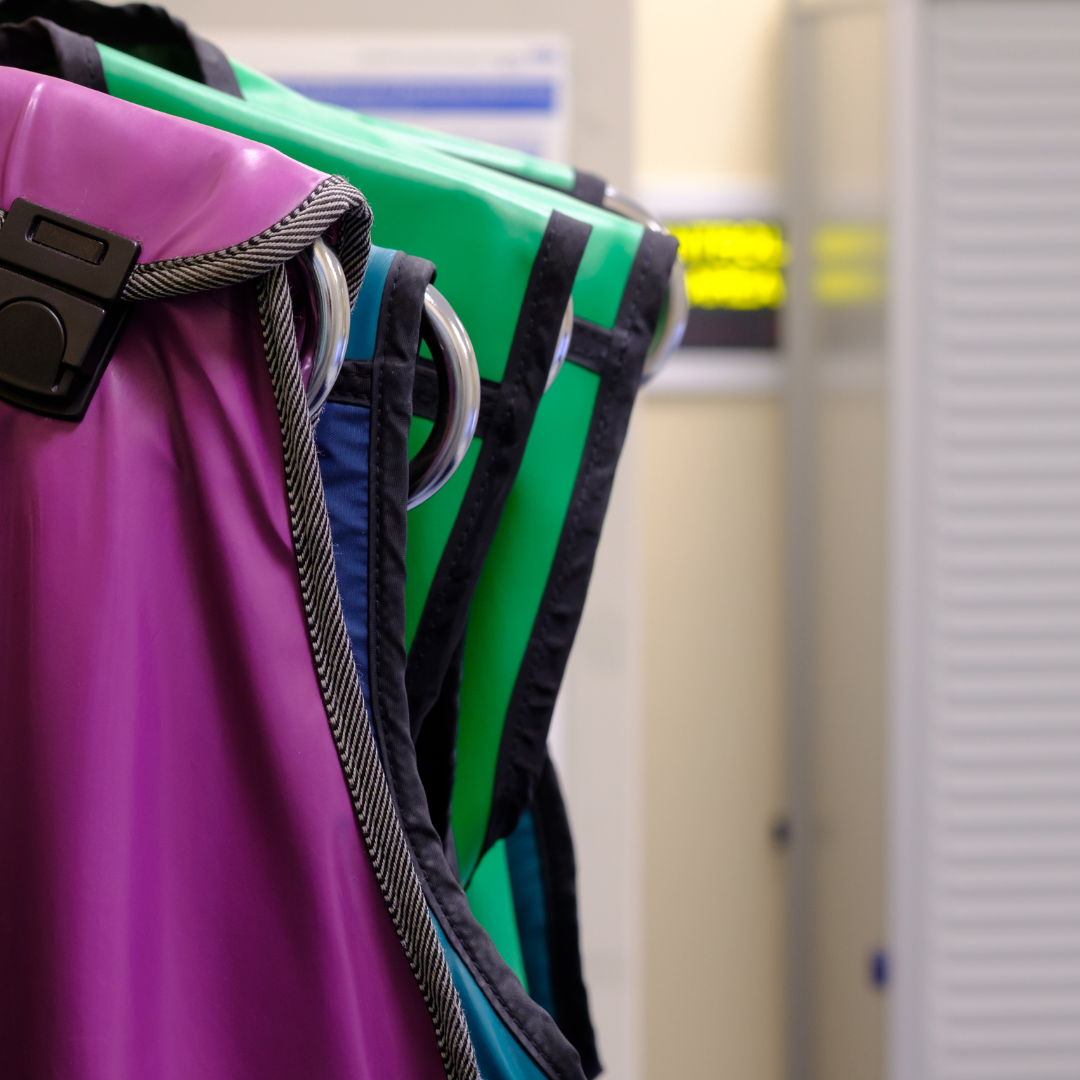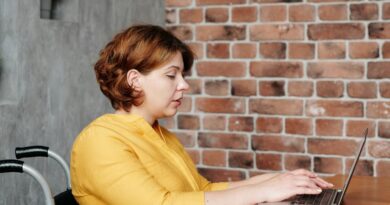4 Bone Myths You Should Stop Believing In

If you have a “bone” to pick about Australia’s bone health situation, then you may be justified. According to Osteoporosis Australia’s burden of disease report in 2016, an Australian is likely to snap, break, or crack a bone as often as every 3.4 minutes. Moreover, the cost of treating fractures is expected to hit $33.6 billion by 2022—a milestone year that may see 6.2 million Australians over the age of 50 incur osteoporosis, a musculoskeletal condition in which one’s bones become brittle and delicate.
Interestingly, many myths abound that may obscure these true facts about bone health. Some of us grew up with old wives’ tales about fractures and bone healing; some of us may still believe only in age-related risk for a disease as complex as osteoporosis. Regardless of the circumstances, we should know that only the truth heals, and only methods that are backed by scientific rigour can ensure full recovery from bone-related maladies.
Let’s get to a bare-bones analysis of four common bone myths, their origins, and which facts to believe instead.
1. The myth: I wouldn’t be able to move a broken bone at all.
People who have yet to experience a fracture sometimes assume that they will be debilitated when it happens. But your mobility after injuring a bone depends on a number of factors, such as what area of your body was affected and the severity of the fracture.
The method: If you suspect that you’re suffering from a fracture, you should refrain from extraneous movement and seek medical aid immediately. If you want to be a quick responder at the scene of potential injury (such as at a school, centre for the elderly, or sporting facility), you may want to complete first aid training course in Brisbane or in your locale. It is here that you’ll learn about the signs, symptoms, and proper treatment of broken bones.
2. The myth: The best indicator of whether I have broken bone is whether I feel intense pain.
Some may be looking for a benchmark to determine if they are suffering from a fracture as opposed to, say for example, a simple sprain. But this indicator may not hold water for people who have broken bones in their fingers or toes, or people who have relatively high levels of pain tolerance. In fact, there are many cases of injured persons continuing to do a strenuous activity even after a fracture—and unfortunately, by the time they had guessed what their predicament was, it might have gotten worse.
The method: Suffice to say, pain cannot be the only indicator in the situation. In the event that you or someone else has experienced a bad fall, collided with a hard surface, or twisted your body in an awkward position, try to survey the other signs (such as compromised mobility, or the sound of popping or cracking during the incident). Again, seek help immediately so that the aggrieved bones can be supported and realigned.
3. The myth: My broken bone will come back stronger than it ever was before.
This myth is a curious one indeed, and one that is not entirely steeped in fiction. There is a phenomenon in which an extra cuff or callus will form around the fracture site and reinforce it with a layer of calcium. This mineralisation of the bone area results in a brief period of the fracture site being stronger than the surrounding bone. But unfortunately, this does not remain the status quo after recovery, and the whole area will return to relatively equal strength.
The method: Now that you know the specifics of that theory, perhaps you’re less tempted to test it out for yourself! After you’ve recovered, don’t subject your healed bone to undue strain. On the contrary, be extremely careful with it—lest you incur the same injury all over again.
4. The myth: Osteoporosis affects only the elderly; I wouldn’t be at risk for it if I were relatively young and I’d only broken one bone.
There is a widespread belief that osteoporosis is the exclusive territory of the aged. But while our elders are at more prominent risk of osteoporosis than younger Australians, it does not mean that only they might suffer from it. In fact, a vertebral fracture incurred by a young person may be an early indicator of osteoporosis, i.e. the symptom may prove the fact instead of vice versa.
The method: That said, we should also dispel with the complementary myths that osteoporosis is inevitable and difficult to treat. On the contrary, once a person of any age is diagnosed with osteoporosis, they can take immediate measures to improve their bone density and stay at the peak of their health. It is a matter of being conscientious and following the doctor’s instructions.
Sticks and stones aside, it is important for everyone to actively pursue bone health. You can do this by incorporating sufficient calcium and Vitamin D in your diet, exercising to increase your bones’ weight-bearing and muscle-strengthening capacities, avoiding tobacco and excessive alcohol, and getting adequate treatment for any bone-related injury.


